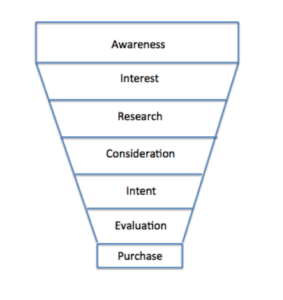Social Media: one big review platform
My personal view is that the line between online review sites and Social Media is blurring. Instinctively as we scroll through a timeline of Social statuses and updates, we’re judging brands / people / attraction on their content. I like to go back to basics and ask a question I’ve been using for years. Someone has started following you / added you as a friend (etc.), what is it they want from you? Why have they chosen to follow you?
Thinking of this from the point of view of an attraction / amusement, the chances are, your followers / fans can fall into three separate groups:
i. People that have visited your venue
ii. People that are considering visiting
Based on these assumptions, you have to ensure you have content strands that work together, to appease both audiences.
i. People that have visited your venue
You could assume that a customer that has visited the attraction wants nothing else from you across Social Media; they’ve been there, done that. However, assuming that the user enjoyed their visit, they can now been considered an advocate of the brand / attraction. Use this advocacy, and play to the strength of each Social channel.
Twitter: Launch an initiative to collect reviews of the park within 140 characters.
Instagram: Gather images of families / kids / adults (or a selection of all) enjoying themselves; submitted using a unique hashtag.
Facebook: Allow users to post images on the Facebook wall, or even create a simple application allowing the user to do this.
Google+: Google has recently massively improved its imagery capabilities by automatically creating gifs from multiple images uploaded. This could be prompted by the venue.
This is where content gathered from the above can directly feed into a content strategy aimed a the second audience:
ii. People that are considering visiting
Images of people having a great time at a venue, or short reviews are very beneficial to this audience. Importantly, the content gathered from those consumers that have visited is consumable at a snapshot. That’s what prospective audiences need when scrolling through timelines. Social Media has subconsciously become a review platform. That user-generated content is far more valuable to a prospective audience than content created by the attraction itself. That isn’t to say brands should stop creating this all together; too much praise can have a negative effect.
Without getting too weighed-down by theory, consider the buying cycle for a consumer going to an attraction.
We can assume that users on Social are at least in the early stages of the buying cycle (Awareness / Interest / Research). Reviews and images from other consumers that have completed the cycle could have an important role to play in the consideration of prospective visitors.
Too many brands still put such a large emphasis on content creation that they ignore valuable content being created by the consumer. When creating monthly / weekly calendars, why not try leaving another row blank for UGC?



